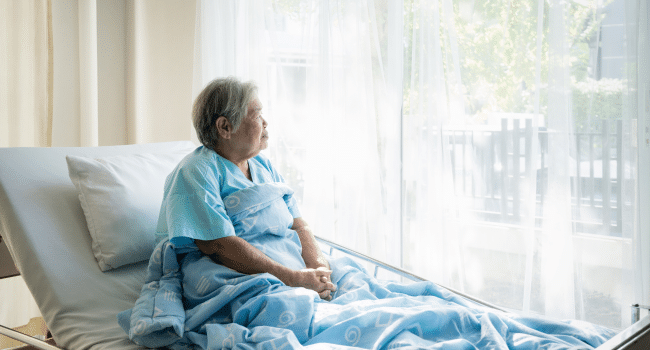Table of Contents
As people get old, mobility problems, chronic illnesses, and comfort issues render these beds unfit for use. Medical beds offer an environment safer and more supportive for patients coming from either a post-surgical phase, opting for long-term disease management, or simply for aging at home. Because there are many models in the market, careful consideration must be given in selecting the best Hospital bed rental for elderly patients at home.
Key Choosing Factors
Before choosing a medical bed, caregivers or family members should take into account the patient’s:
- Level of mobility and independence
- Chronic medical conditions
- Ability for falls or bedsores
- Support from caregivers
- Budget and insurance coverage
Now, let us consider the varieties of medical beds and their features.
1. Manual Hospital Beds
Best for: Patients with a very restrictive budget and constant caregiver assistance
Manual beds require adjustment by hand from height to elevation of head and feet-in some combination of the two-gone into the cranking motion. Although cheaper, they are much less convenient for patients and caregivers, especially when changes are frequent.
Pros:
- Less costly
- Strong and simple in design
Cons:
- Cannot be used for patients requiring frequent repositioning
- The caregivers must switch the bed on by themselves.
2. Semi-Electric Hospital Beds
Best for: Patients requiring moderate adjustability without full electric control
These beds allow for the electric adjustment of the head and the foot section, while height is adjusted manually. This decreases the strain of a caregiver to an extent but may not suit those patients who require full independence.
Pros:
- Middle price range
- More comfort for patients compared to manual beds
Cons:
- Height must be adjusted by hand
3. Full-Electric Hospital Beds
Ideal for: The Immobile Patients with limited mobility and frequent re-positioning needs.
A full-electric bed provides total control of your height, head, and foot adjustments from a controller. It is best suited for immobile and chronically immobile patients.
Pros:
- Maximum comfort and ease
- Eases caregivers’ transfer and re-positioning
- Encourages patient independence
Cons:
- More expensive
- Requires a stable source of power
4. Low Hospital Beds
Best for: More risk-prone patients of falling out of bed
These beds can be brought down to the floor level in such a way that any injury upon falls is avoided. As they are often paired with bed exit alarms or flooring mats, they are best suited for patients with dementia or restlessness.
Pros:
- Greater safety
- Often used with fall prevention accessories
Cons:
Typically require the caregivers to do extra lifting
5. Bariatric Beds
Best for: Bigger patients who need extra care
Large beds specifically designed to accommodate heavyweights weighing between 600 and 1000 lbs. These beds are usually wider and heavier and may have reinforced motors and frames.
Advantages:
- Safe and stable for big patients
- May be electric
Drawbacks:
- Drove up in cost and weight
- Will occupy even more space
6. Non-Hospital Style Adjustable Beds
Best for: Older patients who need some adjustability but prefer the feel at home
This bed is normally applied for comfort and minor medical care.Most modern adjustable beds look like ordinary home furniture with electric adjustments.
Pros:
- Integrates well with home décor
- Usually more comfortable and stylish
Cons:
Could lack clinical features such as side rails or integrated safety features
Key Features to Look For
Whatever type of medical-grade bed may be in question, below are key features an elderly patient bed should at least possess:
- Adjustable height and positions
- Side rails (full- or half-length) for safety
- Pressure-relieving mattresses available
- Easy controls
- Wheels with brakes for movement
Final Thoughts
The commercial medical bed for elderly patients depends on an individual’s medical condition, more or less, and personal comfort consideration. The full-electric bed serves most efficiently, whereas low beds or bariatric beds may be needed in some cases. Based on their medical needs and living environment, a consultation with a healthcare provider or an occupational therapist will help ensure that the right solution is chosen for the patient.
The right bed is an investment in the comfort level and safety of patients, which in turn raises the overall quality of life being experienced by the patient and their caregiver.
